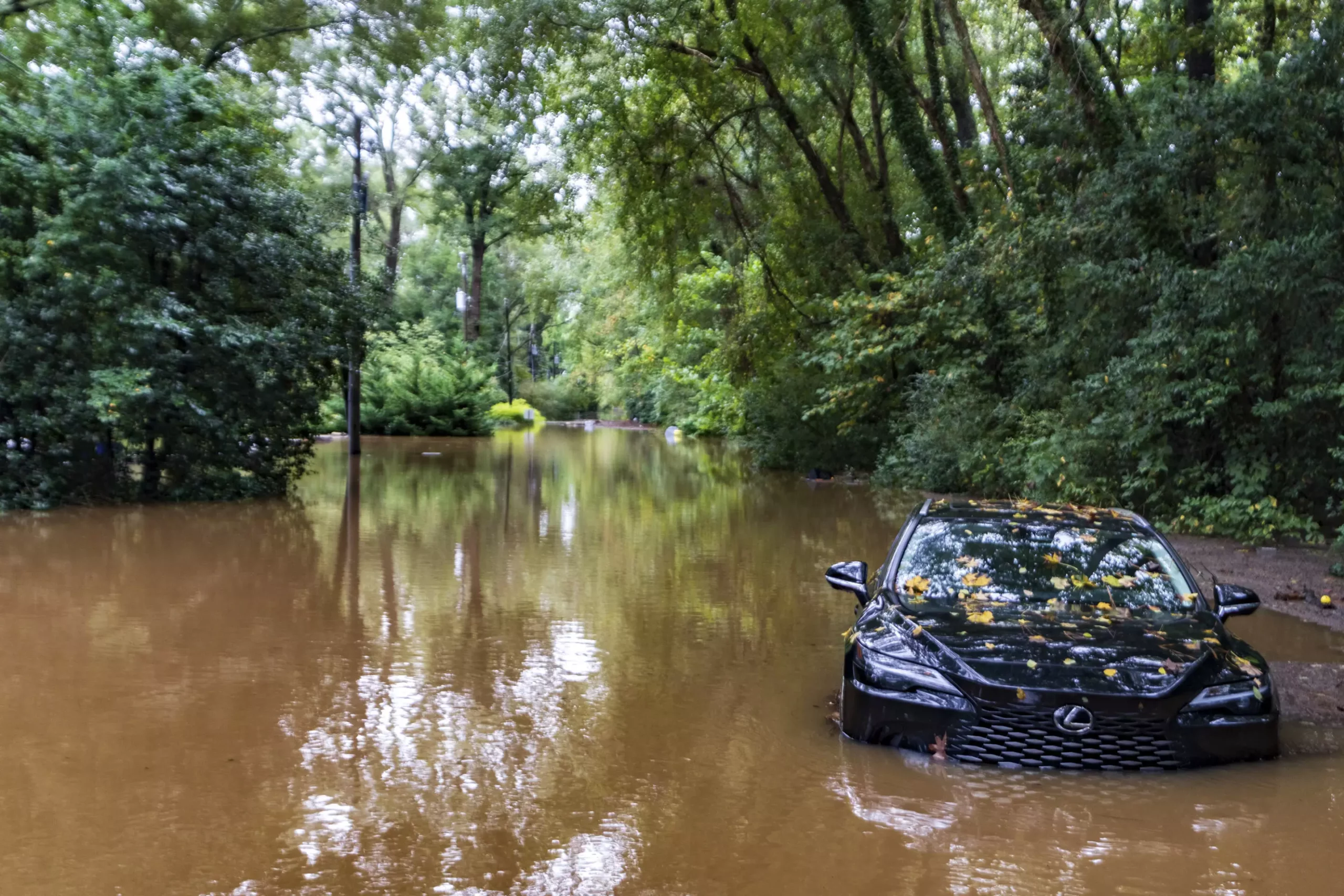Natural disasters, particularly hurricanes, pose significant threats to the safety and functionality of electric vehicles (EVs). While EVs are praised for their eco-friendliness and technological advancements, their unique vulnerabilities become apparent during extreme weather events. This article delves into the reasons why EVs can catch fire when exposed to saltwater and emphasizes the precautions that owners should take during hurricane season.
Hurricanes often bring powerful storm surges, which can lead to flooding in coastal areas. For electric vehicle owners, this reality raises significant concerns. Saltwater, which is conductive, poses a serious risk to EVs equipped with lithium-ion batteries. When saltwater comes into contact with the vehicle’s battery, it can create short circuits by bridging the gap between the positive and negative terminals. This electrical malfunction can trigger overheating and possibly lead to thermal runaway, where heat spreads uncontrollably between battery cells, resulting in fire.
While fires related to EVs in floods aren’t ubiquitous, they have been documented following hurricanes. Instances such as those seen after Hurricane Ian two years ago, where around 5,000 electric vehicles were affected, underscore the gravity of this risk. In fact, 36 of those vehicles ignited, prompting stakeholders to reevaluate existing safety protocols.
Preparation is essential, especially for those living in hurricane-prone regions. Florida Governor Ron DeSantis, among other officials, has advised electric vehicle owners to take proactive measures. This includes relocating vehicles to higher ground to minimize the risk of flooding. Keeping the EV charged before a storm hits adds an additional layer of safety, as this ensures that owners retain mobility options even amidst power outages.
Moreover, EV owners must also adopt similar strategies to traditional vehicle owners. If there’s no electricity to pump gas during a power outage, having a fully charged battery can be invaluable. Although the charging infrastructure for EVs may be hampered during such emergencies, proactive charging offers flexibility and enhances driving range during uncertain times.
Once an electric vehicle is submerged, the immediate next steps are crucial. Experts advise keeping such vehicles at a safe distance from structures and anything flammable—at least 50 feet away—until they can be properly inspected. This precautionary measure is not only for the owner’s safety but also to protect the surrounding community.
Following an event like Hurricane Helene, reports of EVs catching fire might prompt a wave of concern; however, it’s essential to remember that not every submerged EV will catch fire. The National Transportation Safety Board (NTSB) has emphasized this point, indicating that numerous factors influence whether a vehicle will experience such catastrophic failure after exposure to saltwater. Additionally, car manufacturers have implemented various safety measures, including insulation barriers, to mitigate the risks posed by moisture and flooding.
Understanding the Long-Term Risks
One alarming reality is that electric vehicles can pose fire risks even after the floodwaters have receded. Residual salt deposits can maintain conductivity and potentially cause long-term electrical issues. Thus, it’s essential for owners to have their vehicles thoroughly checked after any flooding incidence, ensuring that moisture seals are intact and no underlying issues remain.
The NHTSA is actively working on enhancing safety protocols related to battery technology and has proposed updates to safety requirements for EV batteries. This initiative comes in light of ongoing research that seeks to identify potential vulnerabilities in electric vehicles and improve their resilience against disasters.
The conversation surrounding electric vehicle safety, particularly in the context of natural disasters, is evolving. As the frequency of extreme weather events increases, manufacturers and governing bodies must ensure that safety measures keep pace with technological advancements in electric vehicle design. By understanding the risks associated with EVs and implementing precautionary measures, owners can significantly reduce the chance of fire and improve overall safety during hurricanes and other severe weather events.
While electric vehicles are a critical component of a sustainable future, they require specific attention in emergency preparedness scenarios. By integrating proper planning, proactive risk management, and post-event evaluations, EV owners can navigate the challenges posed by hurricanes more effectively, ensuring both personal safety and environmental responsibility.


Leave a Reply